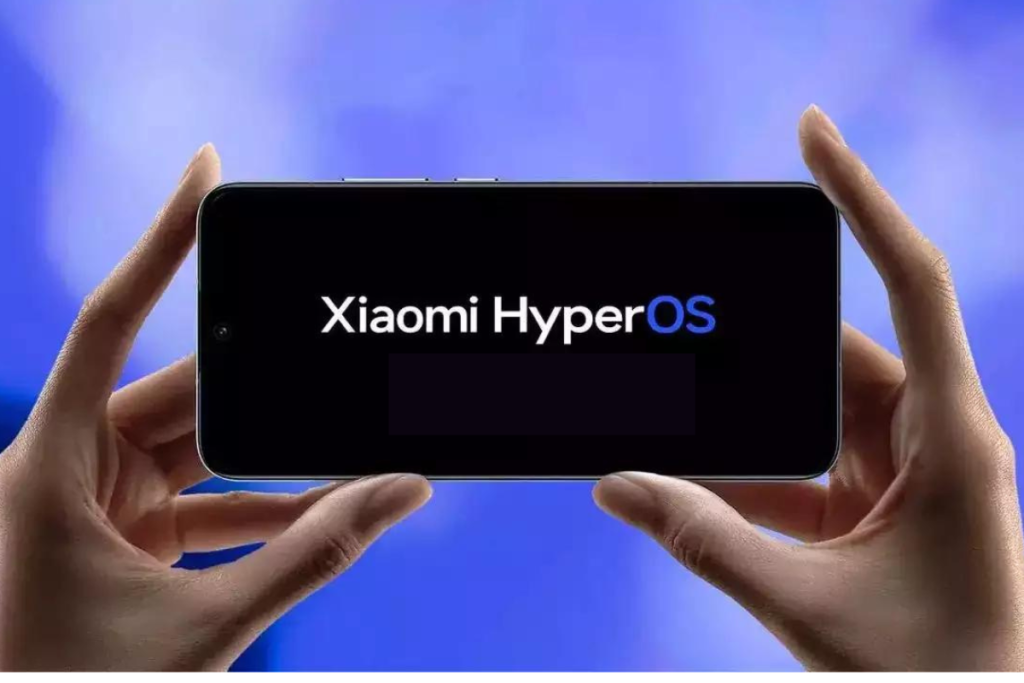MIUI is one of the most popular Android custom skins, and it has undergone several years of work to transform into HyperOS. It’s not just another fancy name for MIUI. In fact, the Chinese brand has done a lot of work to make it smoother and better than before while adding several amazing new features.
While HyperOS is an exciting upgrade, its rollout has not been that great so far. Xiaomi is slow through this process and testing the patience of its users. That could be disappointing, but what if I tell you a way to upgrade your Xiaomi, Redmi, or Poco device before the update officially arrives over the air? Yes, it is possible.
In this step-by-step guide, I’ll walk you through a few methods to install the much-awaited HyperOS update on your device.
Also Read: HyperOS vs MIUI: 10 Things You Must Know
Method 1: Manually Check for Updates
Your smartphone or tablet often won’t notify you as soon as an update is available. I have noticed it a few times and hence, I regularly check if an update is available for download and install.
I’d advise you to do the same before heading to other solutions, as they require more work.
Here are the steps to follow:
Step 1: Open the Settings app on your phone.
Step 2: Scroll through the options to find About Phone and tap on it.
Step 3: Tap on the MIUI version and check if an update is available.
If a HyperOS update isn’t available, don’t worry. Try the steps as mentioned in the next solution.
Also Read: Top 6 HyperOS Features You Absolutely Can’t Miss
Method 2: Use the Local Upgrade Method
HyperOS or any other software updates are gradually rolled out across countries. Even if an update is available in a region, it can take a few days to weeks to reach all users.
If a HyperOS update is released for the same device anywhere in the world, you can manually download and install the package to experience the new OS from Xiaomi.
[Disclaimer:
It’s important to be cautious while installing updates manually, as it can result in issues like bricking and other software problems if not done correctly. Please follow the instructions carefully to minimise such risks. Also, keep your device charged at least 40% before installing a ROM. We won’t be responsible if anything goes wrong with your device. Please make sure to back up your device before initiating a software update to avoid risking data loss.]
Step 1: Go to xiaomifirmwareupdater.com.
Step 2: Select your device to see the available ROMs.
Step 3: Download the latest HyperOS recovery ROM.
Step 4: Open the Settings app and go to About Phone.
Step 5: Tap the three-dot icon in the top-right corner and select Choose Update Package.
If you can’t find the Choose Update Package option, tap the MIUI version logo 7-10 times repeatedly.
Step 6: After selecting the Choose Update Package option, select the downloaded ROM and install it.
Step 7: Wait for the ROM to install.
Start exploring HyperOS on your device.
Method 3: Using a Computer
If you have a fastboot ROM, you’ll need a computer to install it. If you don’t have it already, you can download it from third-party websites such as hyperosupdates.com or xiaomifirmwareupdater.com.
Visit the website, choose your device, and download the latest HyperOS fastboot ROM.
Now that you’ve got the Fastboot ROM, follow these steps to install it:
Step 1: Power off your device.
Step 2: Press and hold the volume down key and power key for 6-8 seconds to boot your device into the Fastboot Mode.
Step 3: Once your device enters the Fastboot Mode, connect it to a computer using a USB cable.
Step 4: Download the Xiaomi Flash Tool on your Windows computer and extract it.
Step 5: Create a folder where you’ve extracted the Xiaomi Flash Tool and move the fastboot ROM to this folder. Remember to put any space in the folder name.
Step 5: Double-tap the Xiaomi Flash Tool executable file to launch it.
Step 6: Click refresh.
Step 7: Choose the save user data option at the bottom of Xiaomi Flash Tool and click flash to begin flashing the fastboot ROM. You can see the progress and results on the same screen.
You’ll see a device in the table with a random string of numbers and alphabets. If you don’t see it, click Other and tap Install to ensure that the required drivers are not missing.
Step 8: After the flashing is successful, close the Xiaomi Flash Tool and disconnect your device from the computer.
It’s time to set up your Xiaomi device and enjoy the HyperOS experience.
If Xiaomi Flash Tool does not work on your computer for any reason, try XiaoMiTool V2.
Even if your device hasn’t received the HyperOS update, there are ways to experience it without further delay, provided that Xiaomi has released the update anywhere in the world. Be sure to back up your device and follow the steps correctly to enjoy a smooth HyperOS experience without data loss.
If you wondering if Xiaomi has released the HyperOS update for your device, check out which devices have already received the major upgrade.








